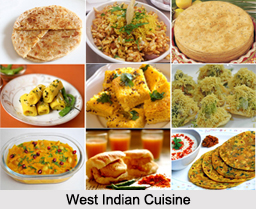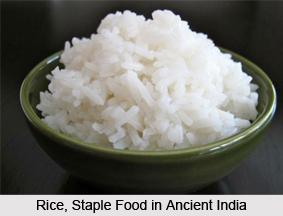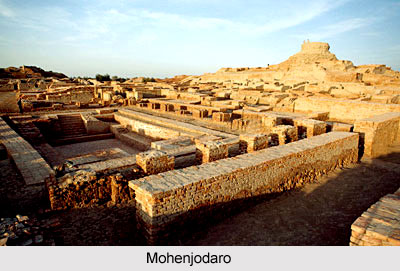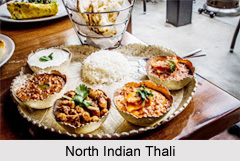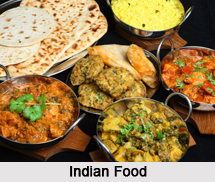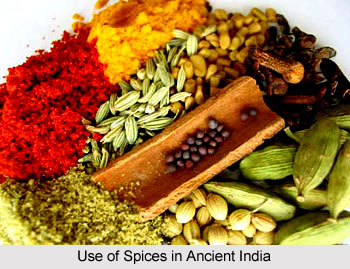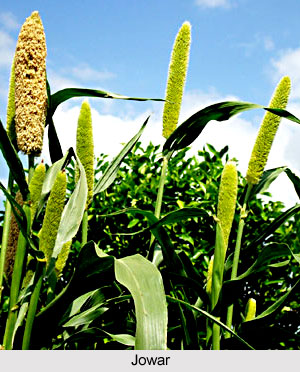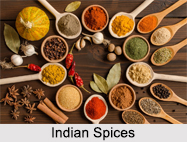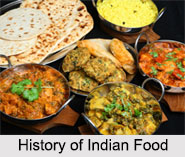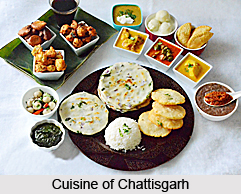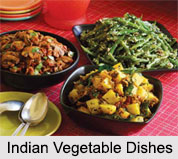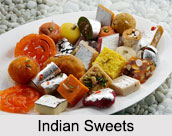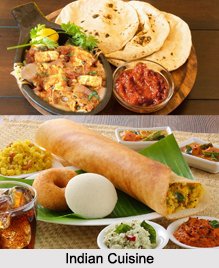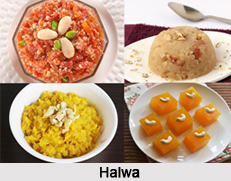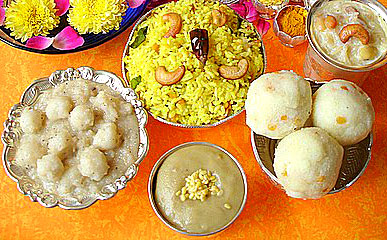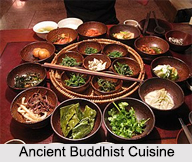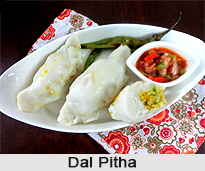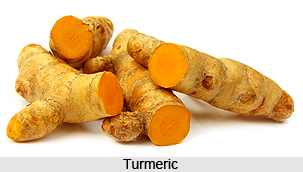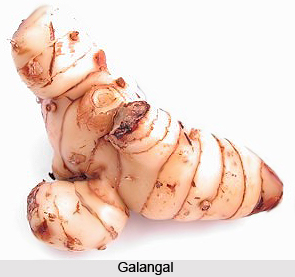 Botanical name: Alpinia galanga (Linn) Willd.
Botanical name: Alpinia galanga (Linn) Willd.
Family:Zingiberaceae.
Indian names are as follows:
Hindi and Bengali:Kulanjan
Gujarati:Kolanjan
Kannada:Rasmi, Sugandha vachi
Malayalam:Araatta, Perasatta
Marathi:Baripankijar, Koshikulinjan
Punjabi:Kulanjan
Sanskrit:Kulanja, Kulanjana
Sindhi:Kathi, Kunjar
Tamil:Sangandam Tittiram
Telugu:Peddumparashtram, Kachoramu
Urdu:Kulanjan.
Galangal is the dried rhizome or root of the plant, which grows mainly in the Eastern Himalayas and South West India. The plant is 1.8 to 2.1 meters high, and bears perennial rhizomes, which are deep, orange-brown in color, aromatic, pungent and bitter. The fruits are about 13 mm long, constricted in the middle and contain 3 to 6 seeds. The latter are slightly pungent, with an aroma similar to that of rhizome. Cut pieces of the rhizome of this species are known as `greater galangal`. The rhizome of `lesser galangal` is smaller and reddish-brown in color, and has a stronger odor and taste.
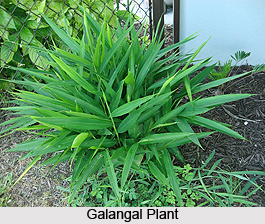
Galangal is one of the spices which reached the European markets relatively early, for it is mentioned along with pepper in the literature of the Middle Ages where it received praise in various writings dealing with drugs, medicines etc.
Little published information on its composition or nutritive value is available. However, some useful information is available on its volatile oil.
Galangal oil, which is also known as `false ginger oil`, is a steam-distilled oil from the dried comminuted rhizomes of galangal. Galangal oil is a pale yellow to olive-brown liquid with an eucalyptus-cardamom-ginger-like odor and warming camphoraceous-like bitter taste.
It consists of methyl-cinnamate (48 %), cineol (20 to 30 %), some camphor and probably d-pinene. Leaves also yield a volatile oil.
There is variation in composition of rhizome oil reported by different scientists, which is naturally due to the variance in the volatile oil itself, the composition of which in turn is affected by a number of factors such as: area of cultivation, age of the plant, season and climatic condition, type of soil, time of harvest, method of distillation etc.
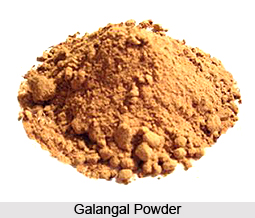 Apart from being used as a spice, it has more elaborate use in various medicinal preparations. In indigenous medicine, the rhizomes are used in rheumatism and catarrhal affections, especially in bronchial catarrh. The drug is a depressant of the cardio-vascular system. It has important action on the bronchioles. The rhizome and its essential oil are useful in respiratory troubles, especially of children. The rhizomes are also carminative and stomachic.
Apart from being used as a spice, it has more elaborate use in various medicinal preparations. In indigenous medicine, the rhizomes are used in rheumatism and catarrhal affections, especially in bronchial catarrh. The drug is a depressant of the cardio-vascular system. It has important action on the bronchioles. The rhizome and its essential oil are useful in respiratory troubles, especially of children. The rhizomes are also carminative and stomachic.
In Malaysia, they are used as spice, and the fruits as substitute for cardamoms.
Galangal oil is used as a trace constituent in flavor studies but is rarely used in perfumery. It could, however, be of value in an oriental or spice type perfume formulations.
As on today galangal is not a popular spice recognized commercially. Its use mostly is local in nature. Even research conducted on this herb is inadequate.
